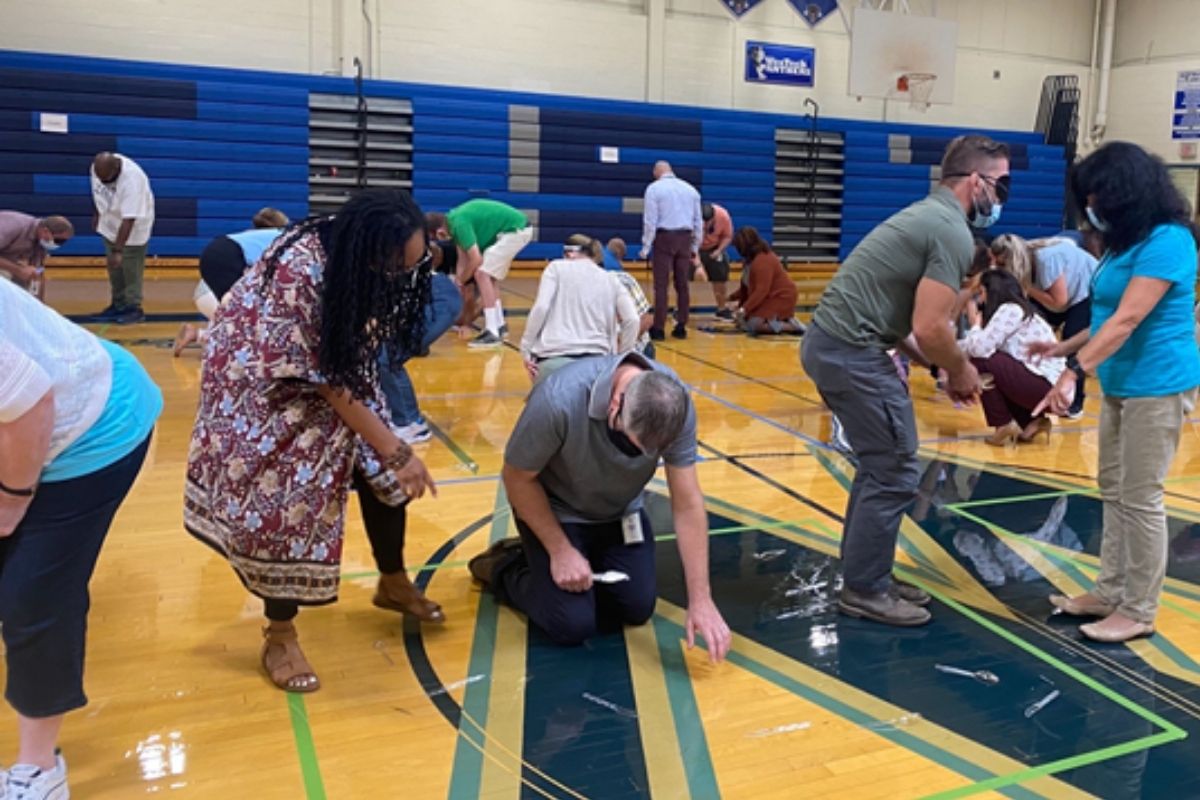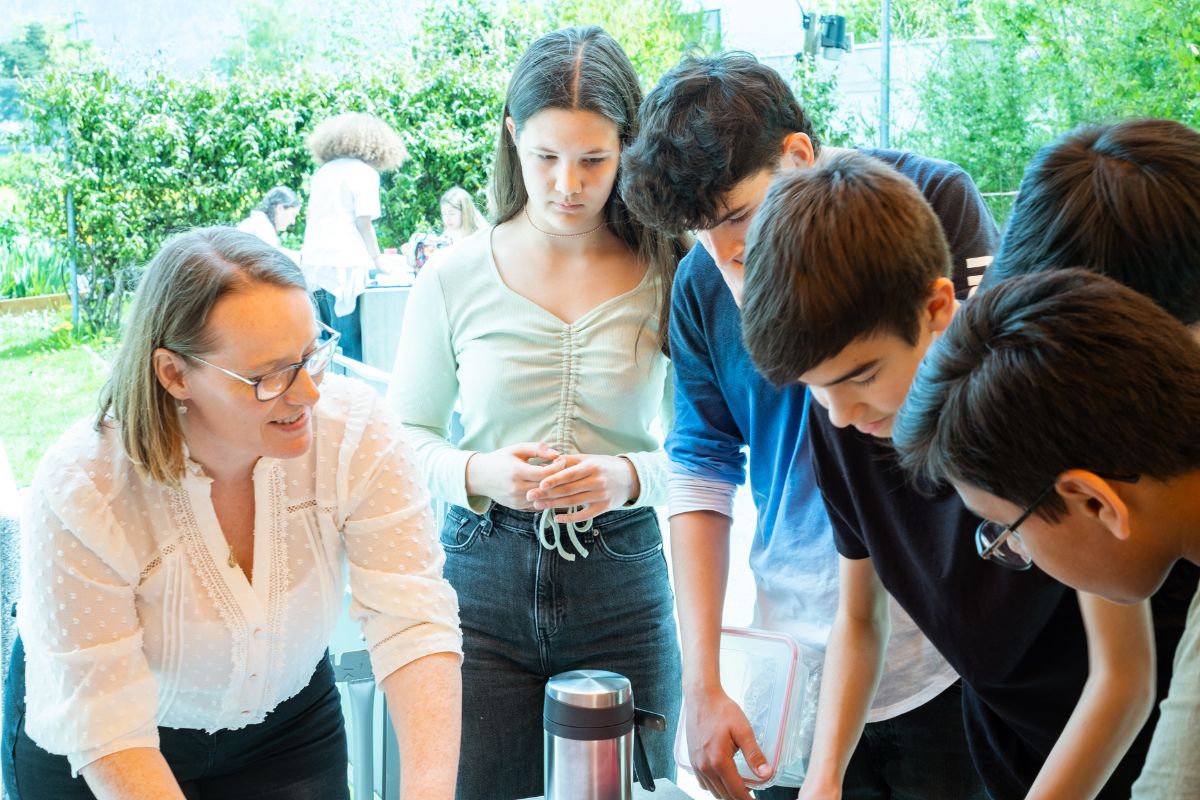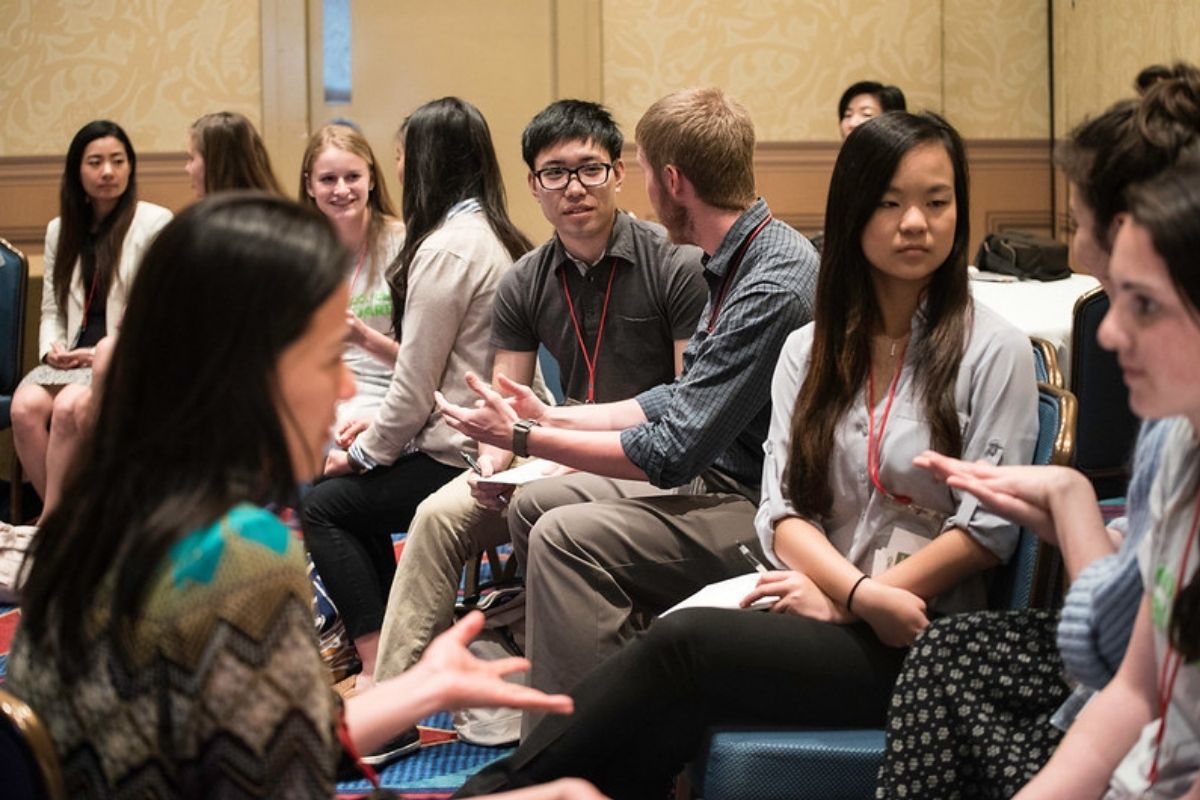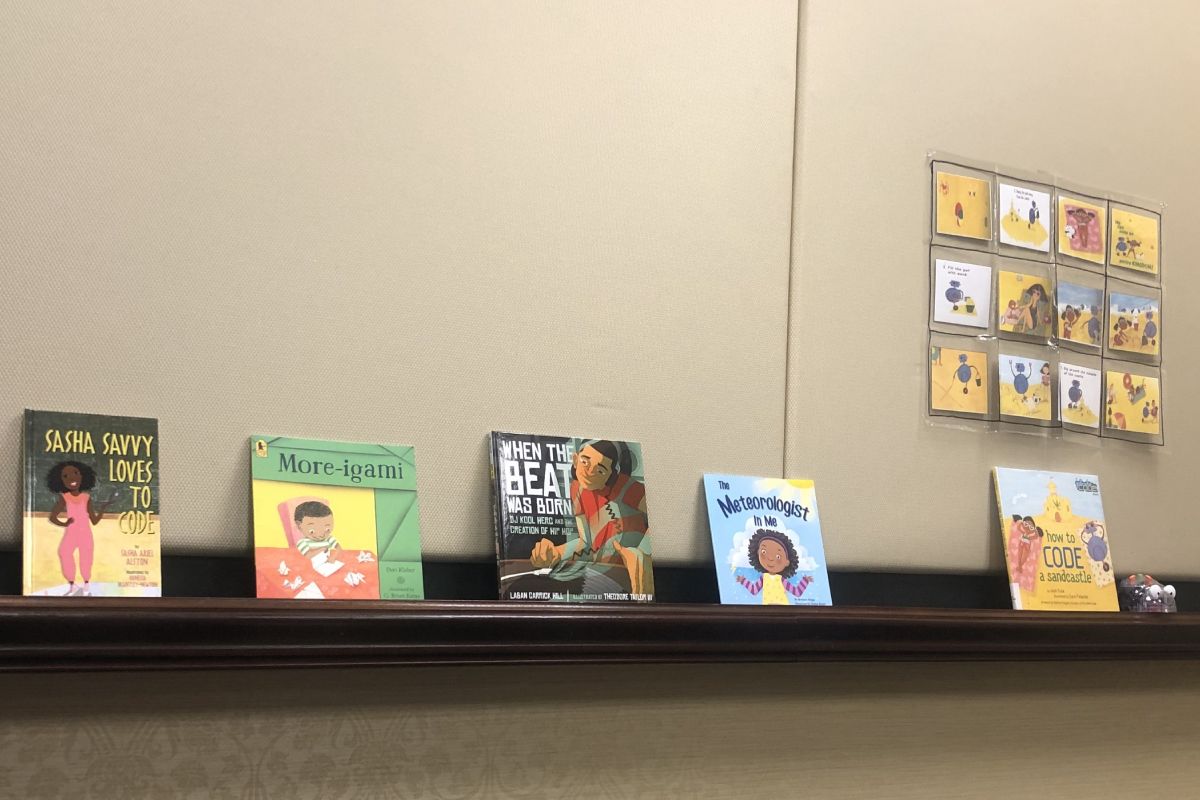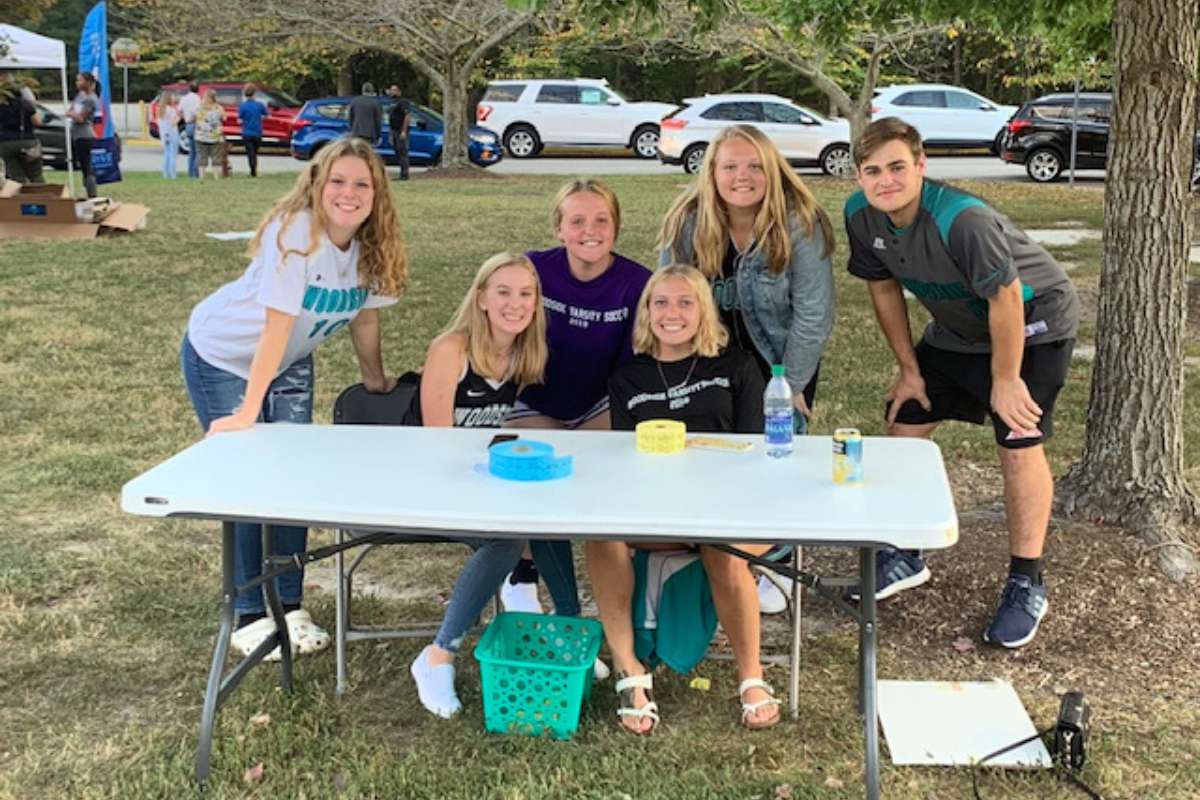Cultivating a Sense of Belonging in the Classroom
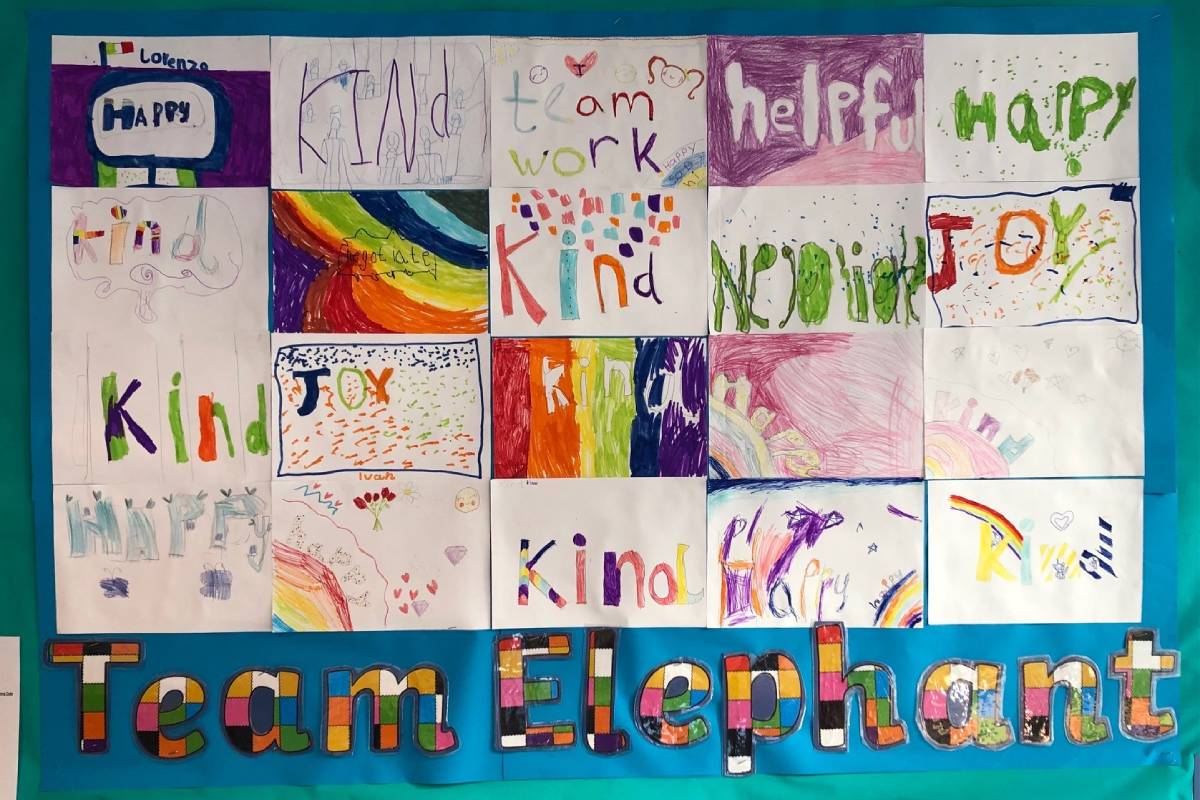
As a fundamental psychological need according to Maslow’s Hierarchy of Needs (Mcleod, 2020), creating a strong sense of belonging in schools is not something we can ignore. Indeed, as Professor Kathryn Riley describes, when young people feel safe, deeply rooted in their environment–and that they belong, they become open to the task of learning, and they can succeed at every level (Riley, n.d.). Riley clearly highlights the importance of belonging for students to succeed. Isn’t that ultimately what we strive for in our classrooms? And if we don’t, shouldn’t we? Let’s do some self-reflecting.
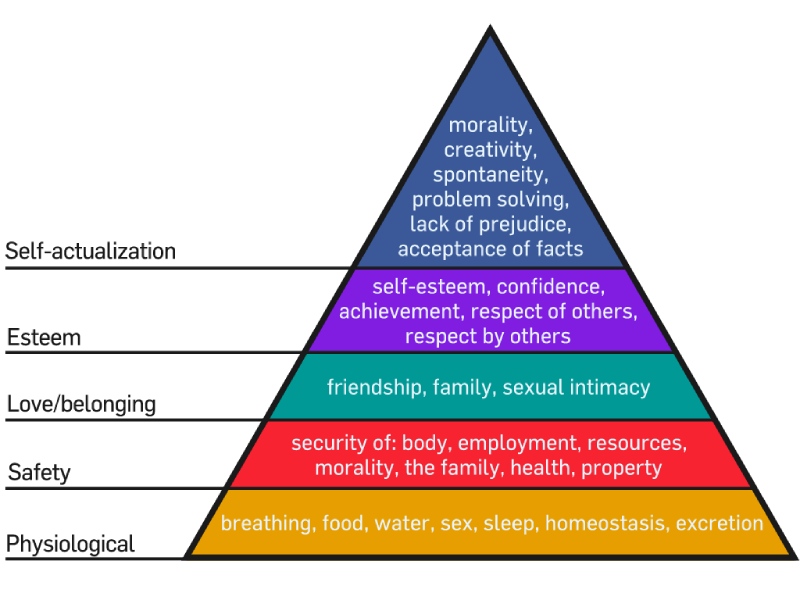
At Junior School Leidschenveen (JSL), The British School in The Netherlands, we believe that ensuring our students feel they belong is the key in helping them transition successfully. Whether the transition is from one year group to the next, from one school to another–or from one country to another. With over forty nationalities on our campus, our differences are many, so cultivating that sense of belonging and connection is critical to establishing a culture of acceptance. It enables us to celebrate our diversity, form our unity, and create a supportive and positive environment where everyone feels valued and heard. This is important for every student, perhaps even more so for those who are new English Language Learners.
Practical Ideas for the Classroom
Since the start of term, our focus has been just that – ensuring that everyone feels that they belong. With over fifty new families in the school, this has been important for welcoming new students in addition to those who were returning.
-
Team flag. Every class created a team flag, one of Adrian Bethune’s most popular ideas from ‘Wellbeing in the Primary Classroom’ (Bethune, 2018). On their flags, students showed what they believed was important to work as a team. It is displayed and referred to often. I love the way our Year 2 students prioritise kindness and, although Year 6 suggestions are more sophisticated, kindness has its place in there also.
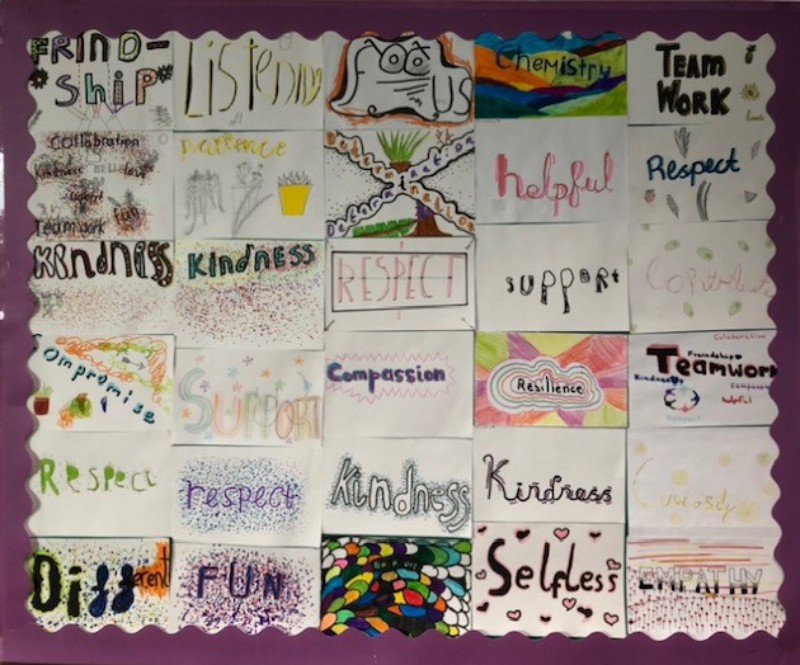
Every class has then focused on some, or all, of these ideas:
-
Value names. Take your time to practise students’ names until you and the rest of the class pronounce them correctly. Provide students with opportunities to teach the class how to pronounce their names, and make sure they keep going until they get the tricky ones right. As someone called Rhiannon, who went to school in the 80s with no other “Rhiannons” around, I can assure you that it makes a big difference when people make an effort to say your name correctly!
-
Take this one step further by making a conscious effort to call both staff and students by name, especially when you are complimenting them or sharing something positive – we all love to hear our names being used in this way!
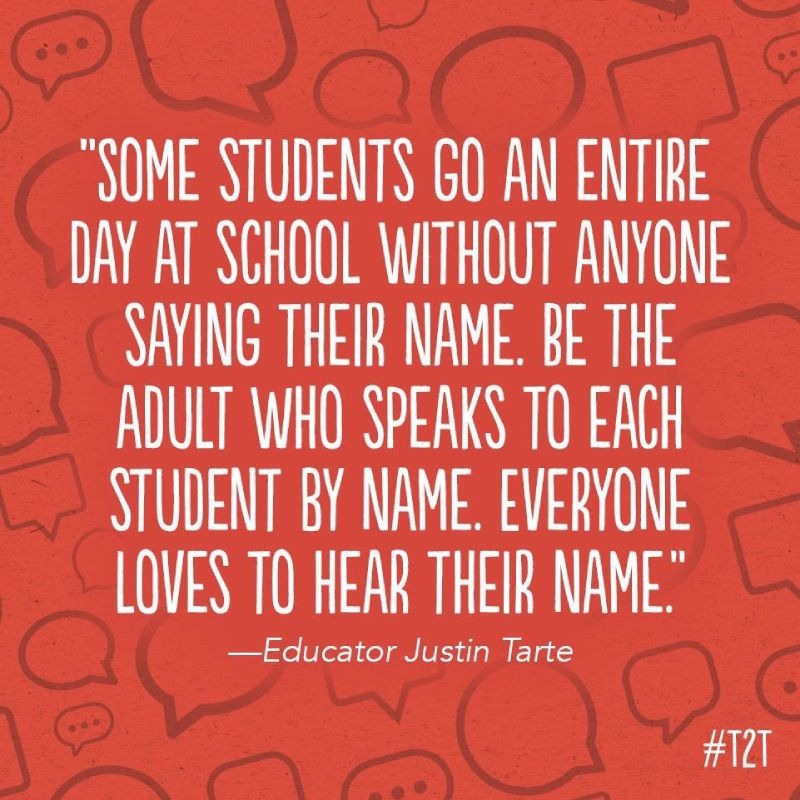
-
Share what is important. Create an opportunity for students to share what is important to them. This might be about their culture, family, hobbies, or anything else they choose (allowing them to decide for themselves is essential so that they don’t feel forced to share anything they feel uncomfortable about).
-
Ideas include: asking students to bring in a photograph of them at home, surrounded by objects that they feel represent them:
* a box of items or photos to bring in and explain
* drawings, postcards or letters
* a presentation/video to share
Invite every student to display one element of this so that every class member feels seen and represented in their classroom.
-
Be inclusive with language. Think carefully about the language you use. Saying, “Good morning everybody”, rather than “boys and girls”, could make a big difference to students grappling with their identity.
-
Express emotions. Make time for students to share their successes and their challenges. Being open, honest and vulnerable with each other requires courage and can be unifying. Having a ‘Worry Box’ or an ‘Ask it Basket’ can help encourage students to ask questions anonymously at the start of the year while you are still building trust.
-
Trip. We braved a trip on the third day of term with Years 5 and 6. Its sole purpose was to unite the group members through fun, enjoyment and a shared experience. We walked 5km to a nearby forest, had a range of activities for students to choose from and then travelled wearily home on a rare hot day in The Netherlands. Inevitably, the challenges experienced and the endless words of encouragement united everyone, and the group grew closer.
The result? Well, a month into term, there’s a strong sense of togetherness and unity amongst students and staff. The new members of our JSL team feel welcomed and settled, and we old-timers do too. Undoubtedly, having fewer Coronavirus restrictions has elevated everyone’s mood. Still, I am confident that making that sense of belonging a priority has been essential in creating such a positive environment. We’re already “open to learning and [ready to] succeed at every level” (Riley, n.d.).
Mcleod, S. (2020, December 29). Maslow’s Hierarchy of Needs. Retrieved from https://www.simplypsychology.org/maslow.html
Riley, K. (n.d.). Re-creating Schools as Places of Belonging: The Art of Possibilities. Retrieved September 9, 2021, from http://www.theartofpossibilities.org.uk/assets/docs/ReCreatingSchoolsAsPlacesOfBelonging.pdf
Bethune, A. (2018). Wellbeing in the Primary Classroom. Bloomsbury Publishing.


